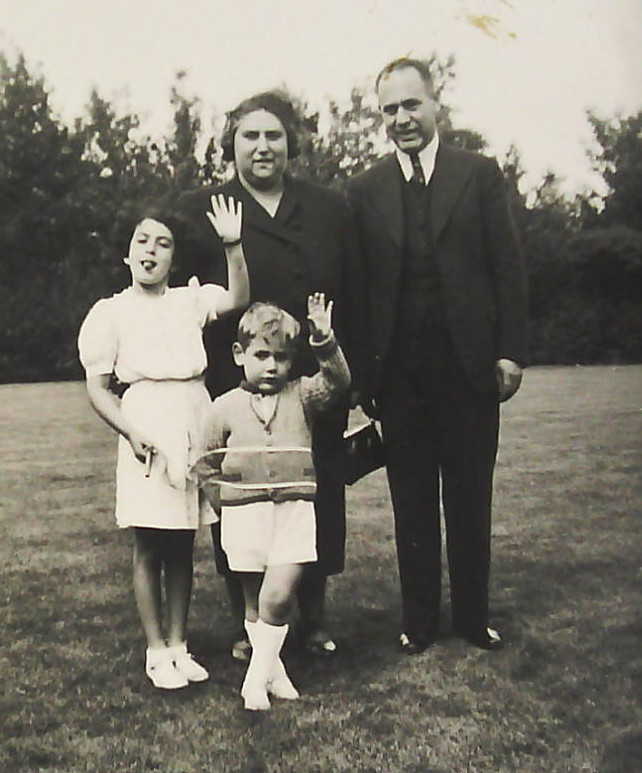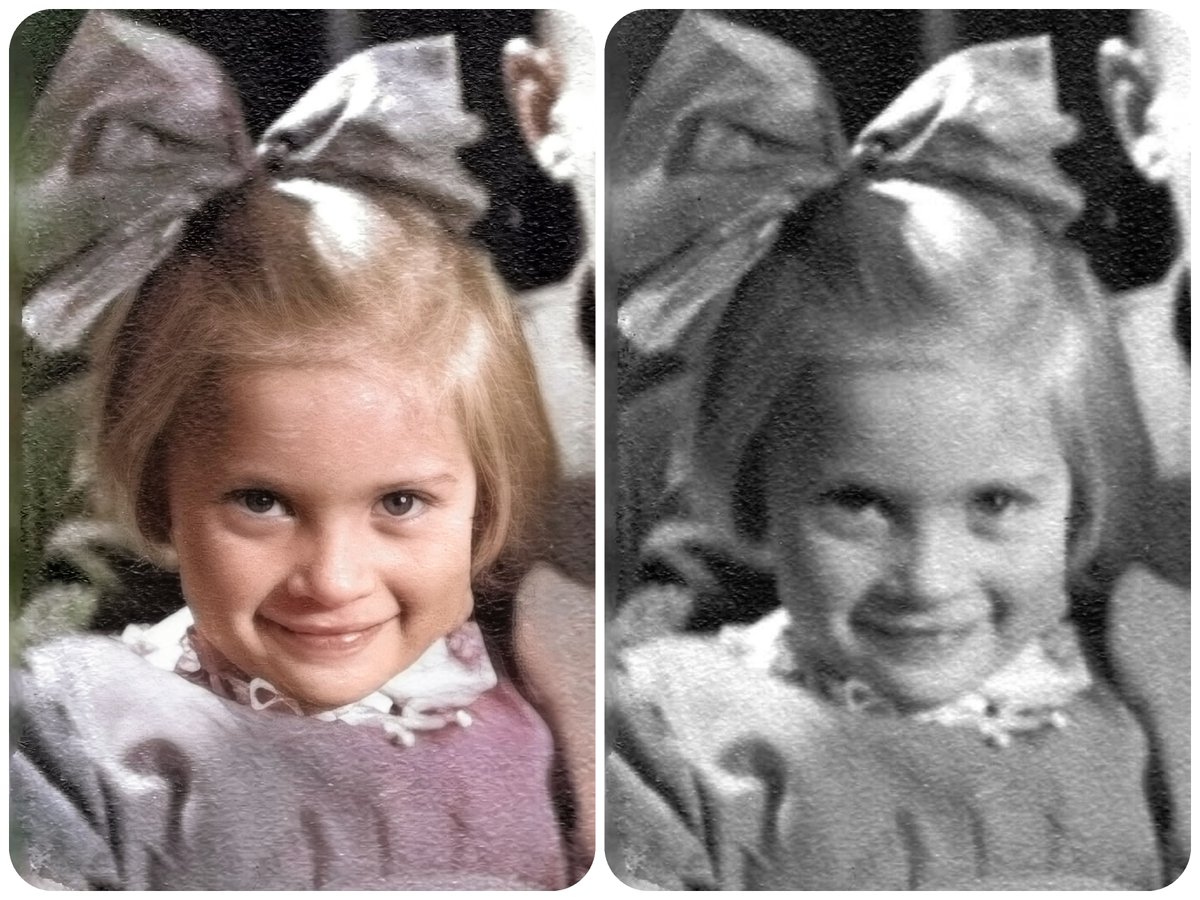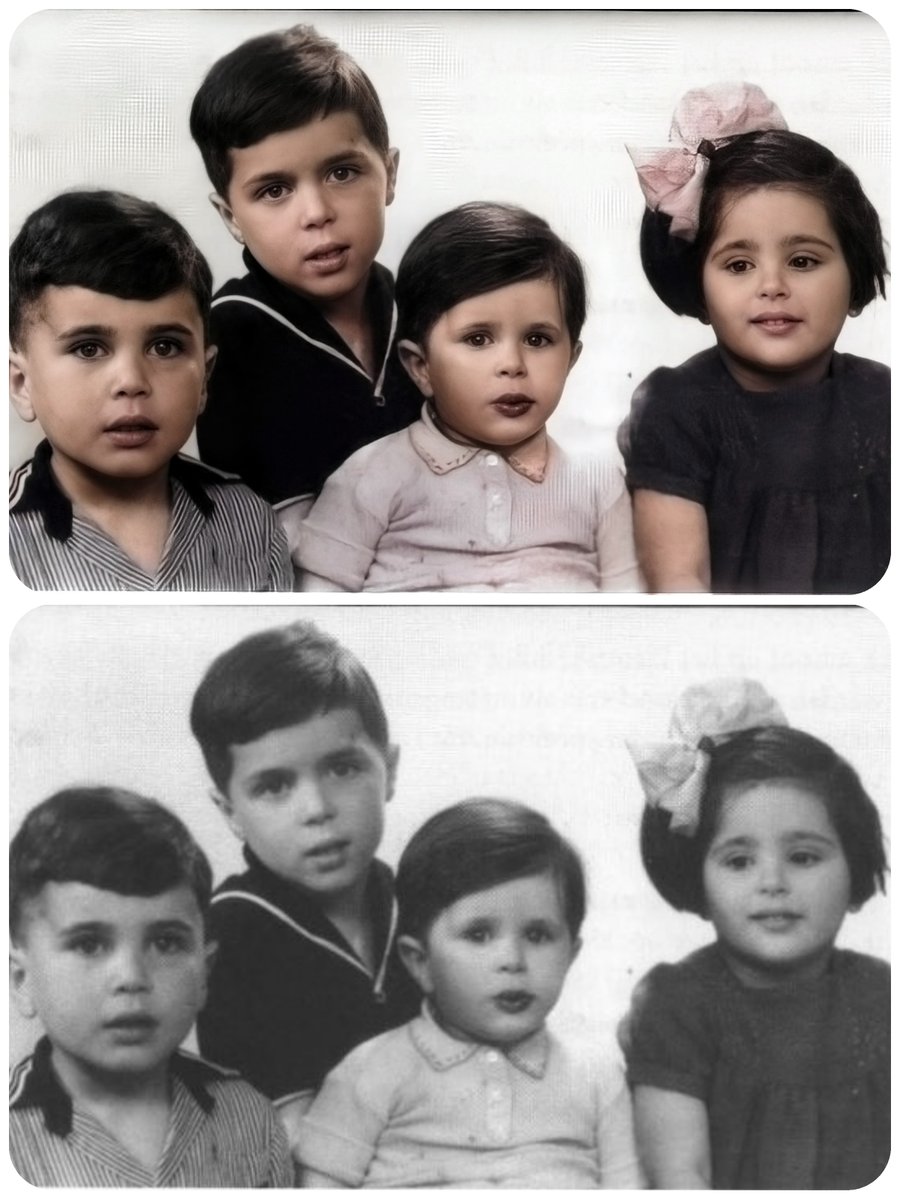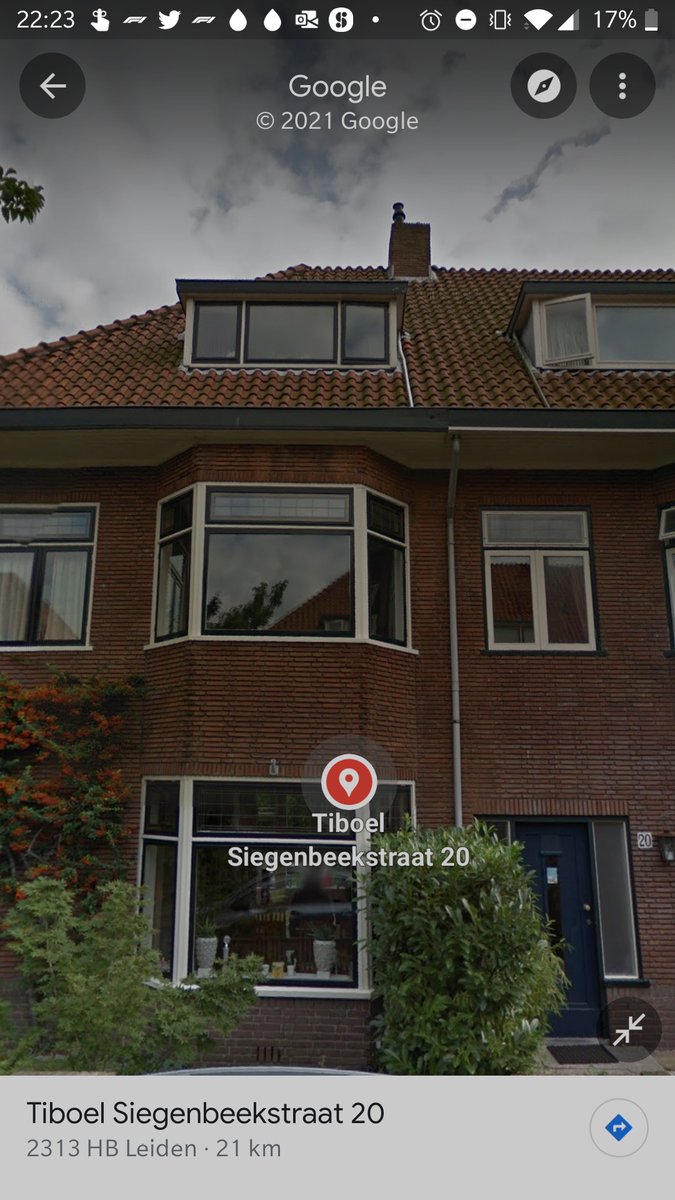
(1/6) On my daily walk I just 'stumbled' over 2 new Stolpersteine here in Gouda.
The first is Basia (Basje) Austeiczer-Udler. She was born on 15-09-1872 in Kosmin (Poland) and was married to Max Austeiczer, born 22-07-1870 in Starokonstantinov (now Ukraine) who died in 1932.

The first is Basia (Basje) Austeiczer-Udler. She was born on 15-09-1872 in Kosmin (Poland) and was married to Max Austeiczer, born 22-07-1870 in Starokonstantinov (now Ukraine) who died in 1932.


(2/6) They had 2 daughters. Berta, born 25-07-1898 and Schrifa, born 06-07-1896. Both were born in Starokonstantinov.
In 1910 the family came to Rotterdam and lived there on several places. Schrifa, died 23-05-1935.
In 1943 Basje and Berta lived in Gouda.
In 1910 the family came to Rotterdam and lived there on several places. Schrifa, died 23-05-1935.
In 1943 Basje and Berta lived in Gouda.
(3/6) Berta was a lawyer and attorney.
Basje probably was in #Westerbork from 25-03-1943. Berta survived the war and maybe she tried to help her mother via her job. On Basjes Jewish Council Card(s) it says that the vice president of the Rotterdam court tried to get her on the...
Basje probably was in #Westerbork from 25-03-1943. Berta survived the war and maybe she tried to help her mother via her job. On Basjes Jewish Council Card(s) it says that the vice president of the Rotterdam court tried to get her on the...

(4/6) list of Frederiks en Van Dam. Frederiks and van Dam were 2 Dutch politicians who made a list with Jewish people who had been important to Germany, like fighting in World War 1 or famous artists. The list should protect those people from going to concentration camps. 

(5/6) They were put in special reservation camps. Until the fall of 1943 when they were deported to #Westerbork and on 04-09-1944 to #Theresienstadt.
Although some died, many survived the war.
More details on this (translated) Wikipedia page:
…fdy-nl-m-wikipedia-org.translate.goog/wiki/Plan-Fred…
Although some died, many survived the war.
More details on this (translated) Wikipedia page:
…fdy-nl-m-wikipedia-org.translate.goog/wiki/Plan-Fred…
(6/6) Anyhow Basje wasn't put on this list. The last Jewish Council card says, on 28-04-1943 'further steps are unnecessary'.
Basje was already deported on 20-04-1943 to #Sobibor. She arrived there on 23-04-1943 and was killed on arrival.
Basje, we will remember you! 😢💔🕯️✡️
Basje was already deported on 20-04-1943 to #Sobibor. She arrived there on 23-04-1943 and was killed on arrival.
Basje, we will remember you! 😢💔🕯️✡️
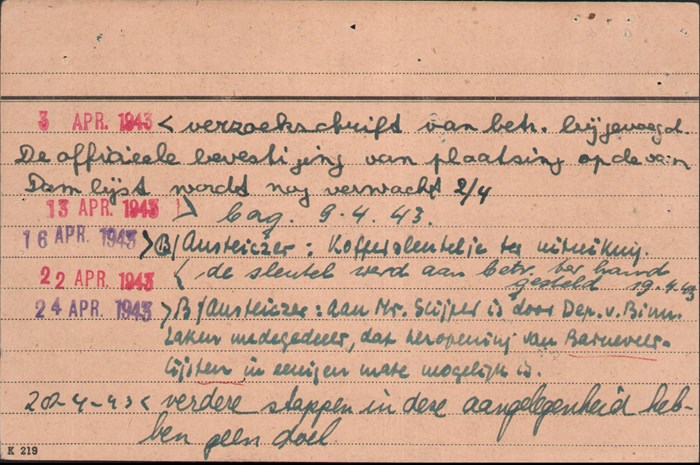
• • •
Missing some Tweet in this thread? You can try to
force a refresh




